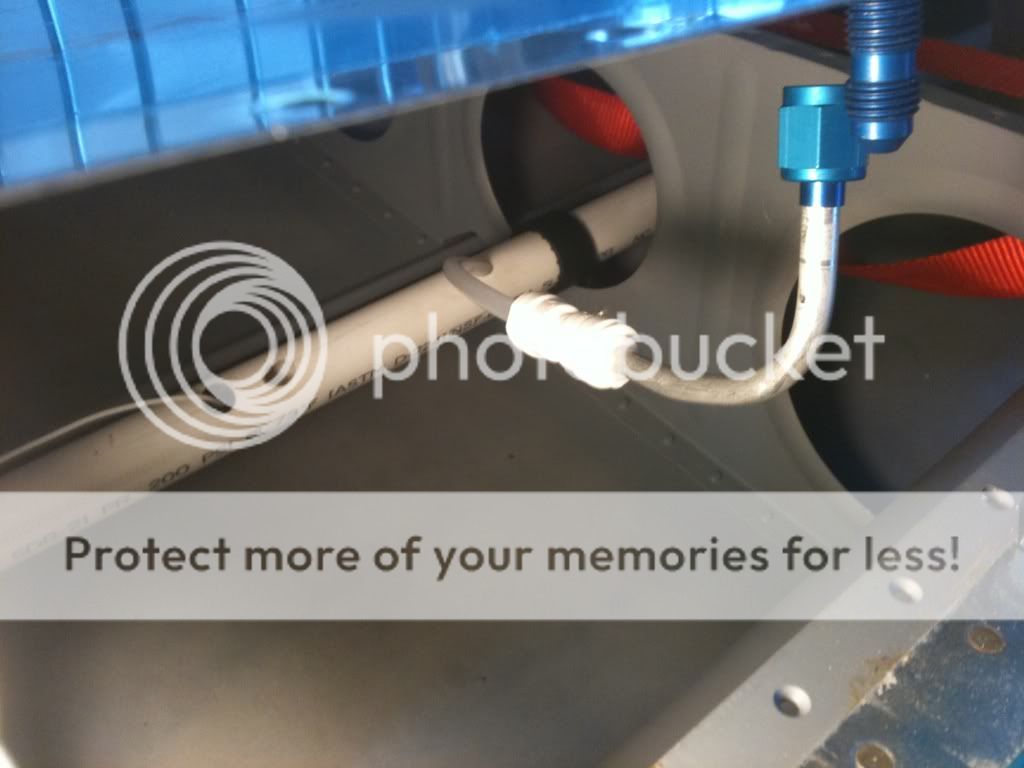Ted Radclyffe
Active Member
I am in the process of running the various static and pitot tubes etc in nylon tubing. I was about to use Nylo-seal fittings which are big and bulky behind the instruments when it was suggested that I simply use AN-4D fittings with the 1/4" nylon tube as I would for aluminium tube.
Sounded a good tip but I found that the tubing was very prone to pulling out after flaring as the nylon reverts to its original profile when tightening the filtting.
Tip.....
What I found was that if I flared the tube and whilst still in the flaring tool I gently heated the whole kit and kaboodle with a heat blower (hair dryer is hot enough) then let the tube and tool cool, the flare remained beautifully after the tool was removed.
Another tip...don't forget to put on the sleeve nut first!
Sounded a good tip but I found that the tubing was very prone to pulling out after flaring as the nylon reverts to its original profile when tightening the filtting.
Tip.....
What I found was that if I flared the tube and whilst still in the flaring tool I gently heated the whole kit and kaboodle with a heat blower (hair dryer is hot enough) then let the tube and tool cool, the flare remained beautifully after the tool was removed.
Another tip...don't forget to put on the sleeve nut first!





